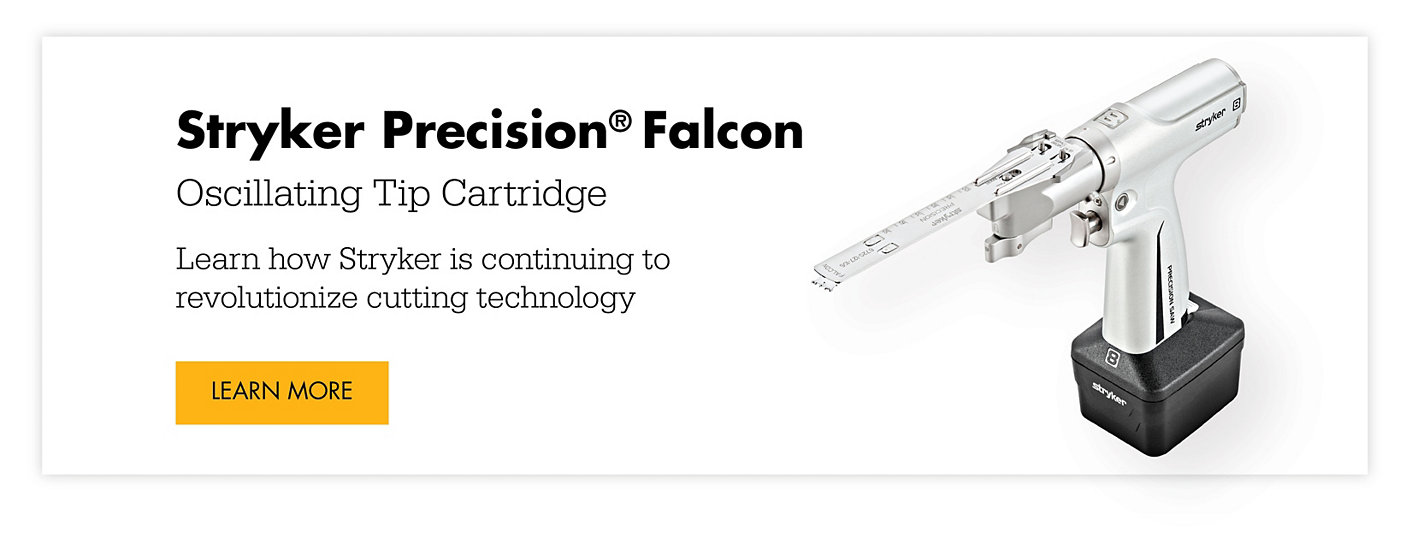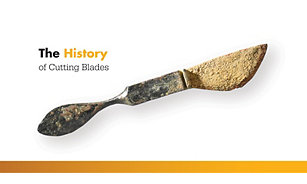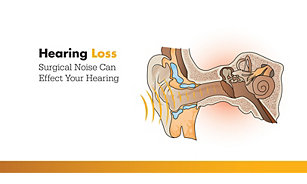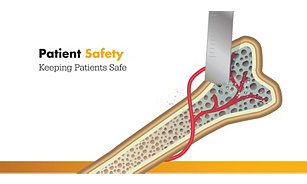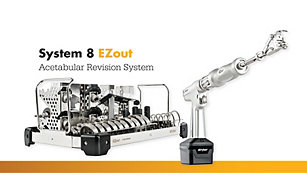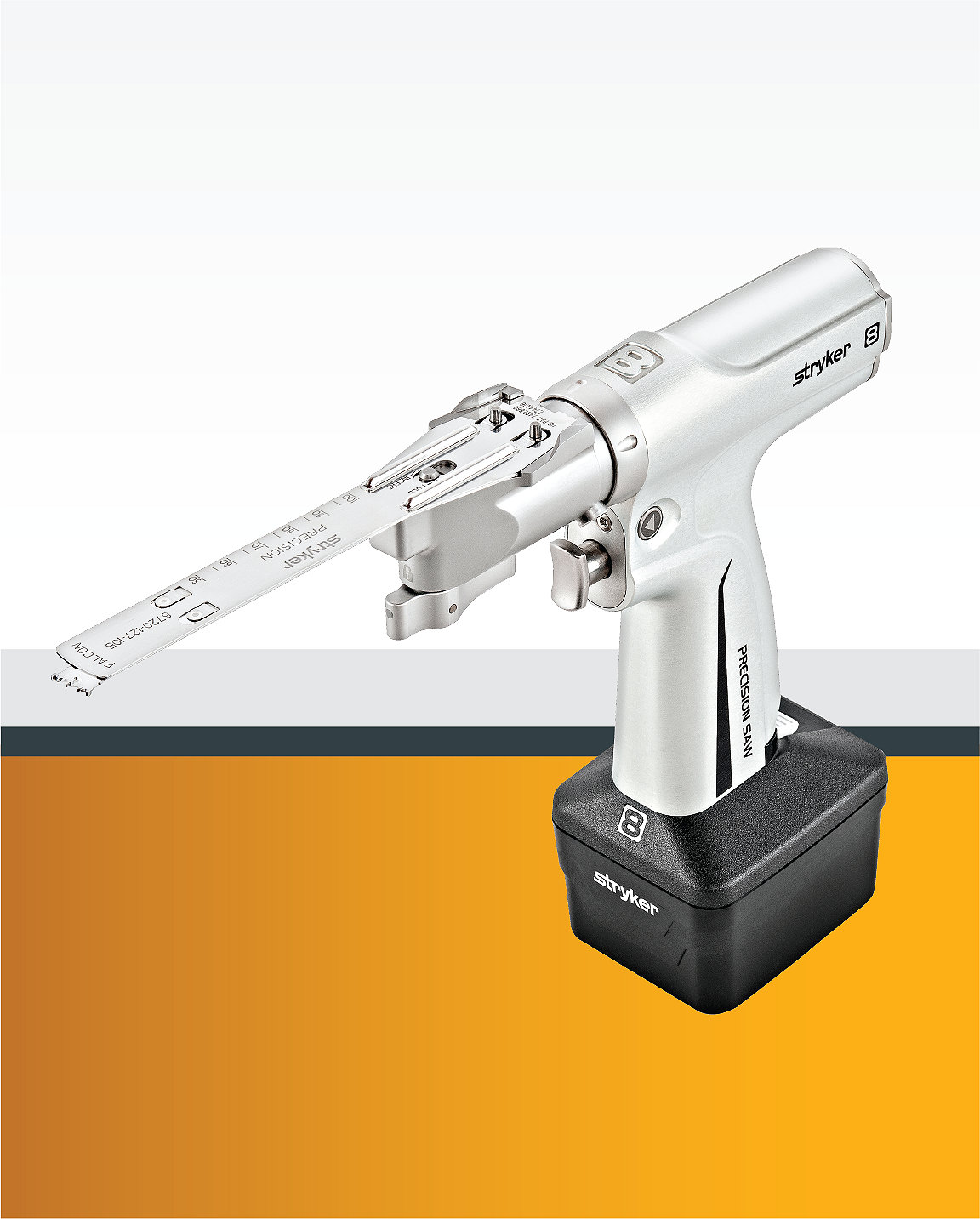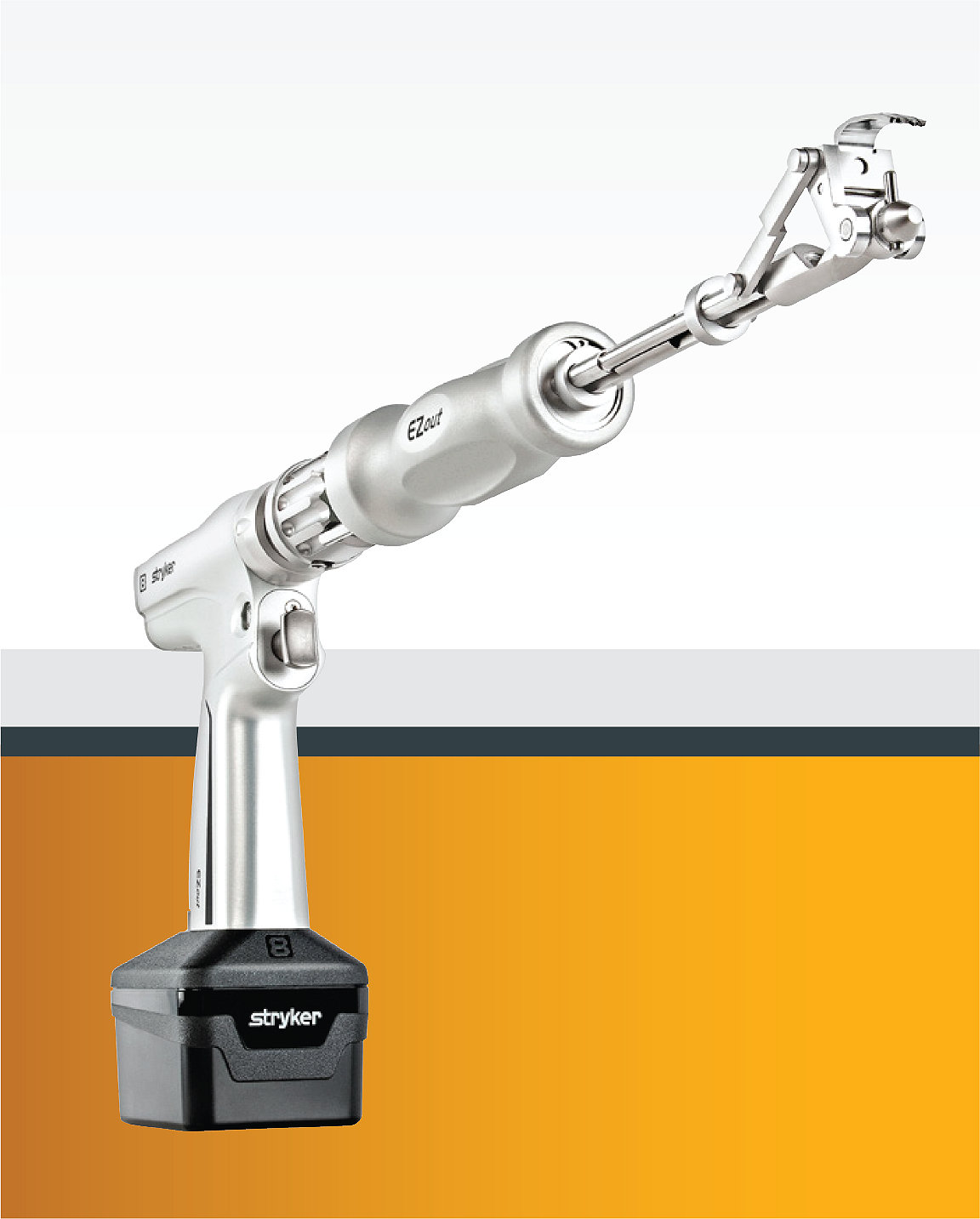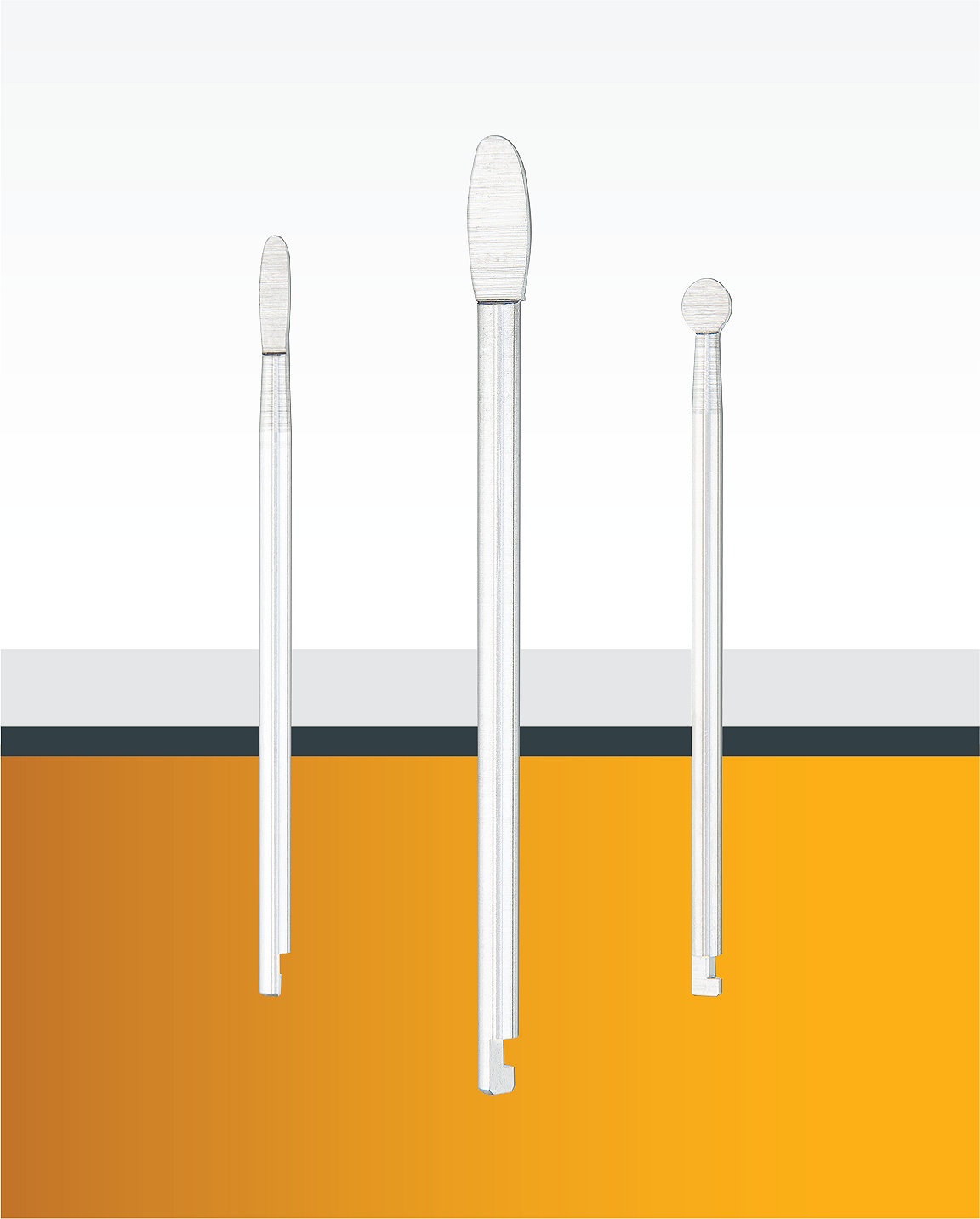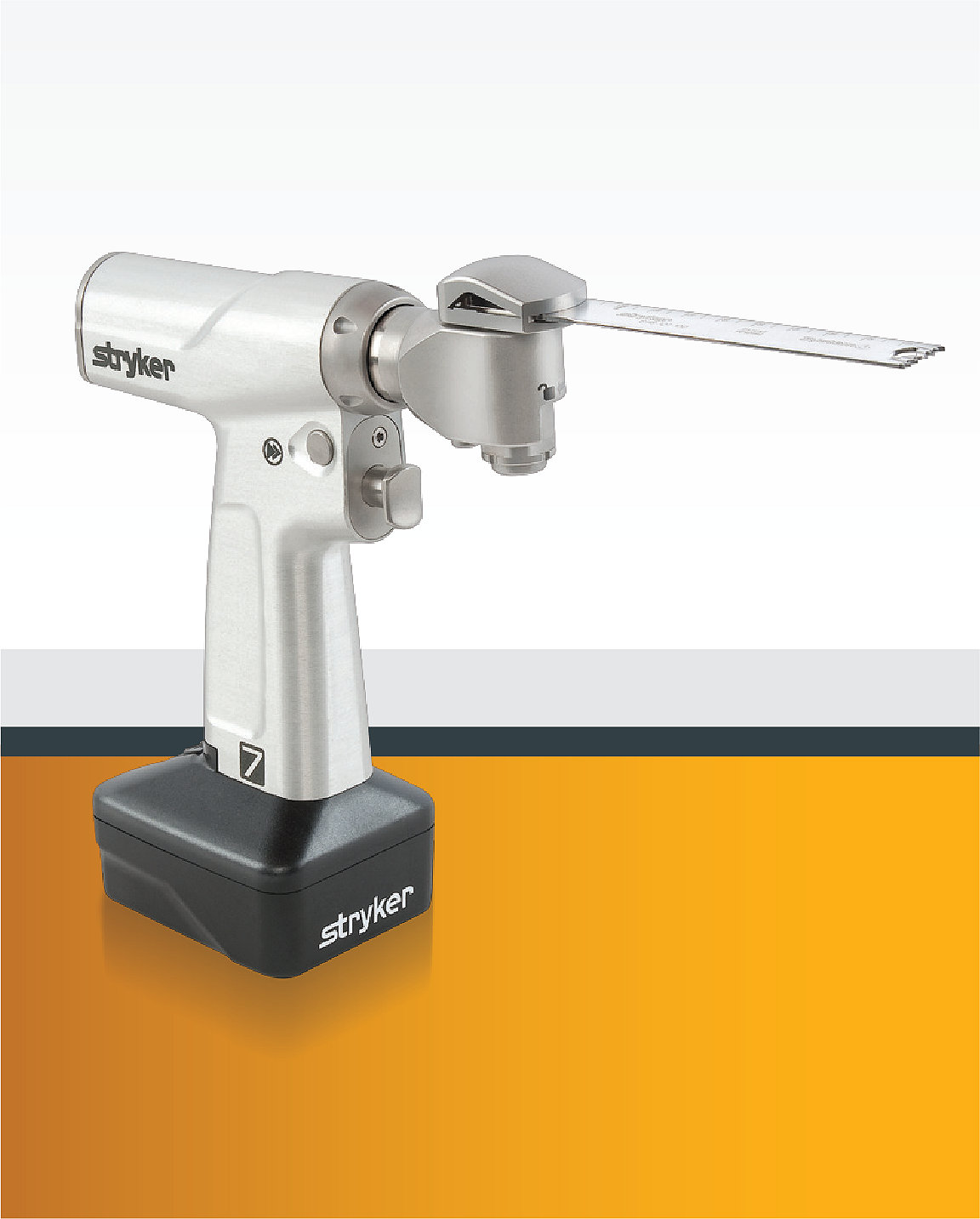Hearing loss
25-Jan-2021
Every day, we experience loud sounds as we go about our lives. We listen to televisions blaring in bars; we hear cars honking in traffic; we attend rock concerts; we mow our lawns. Most of us don’t think about the damage these sounds could be doing, because in most cases, one-time exposure or once-in-a-while exposure to loud noises isn’t harmful to our hearing.
But when loud sounds occur often in our environment, they can be harmful, and the effects can be long-lasting and irreversible. They can lead to noise-induced hearing loss (NIHL).
Excessive noise exposure is one of the major causes of noise-induced hearing loss 1. Long-term exposure to loud noises can damage the cells of your inner ear, causing irreparable damage.
Sound is measured in decibels. We typically speak at about 60 decibels8, and a motorcycle runs at 95 decibels1. A construction saw typically runs at about 110 decibels. An ambulance siren is 120 decibels1. A jet engine is 140 decibels. Fireworks can be up to 160 decibels. The Environmental Protection Agency (EPA) has determined the safe noise level is 70 decibels; the higher the decibel, the shorter time it will take to cause hearing damage. Long-term exposure to sounds above 85 decibels has been linked to hearing loss.2
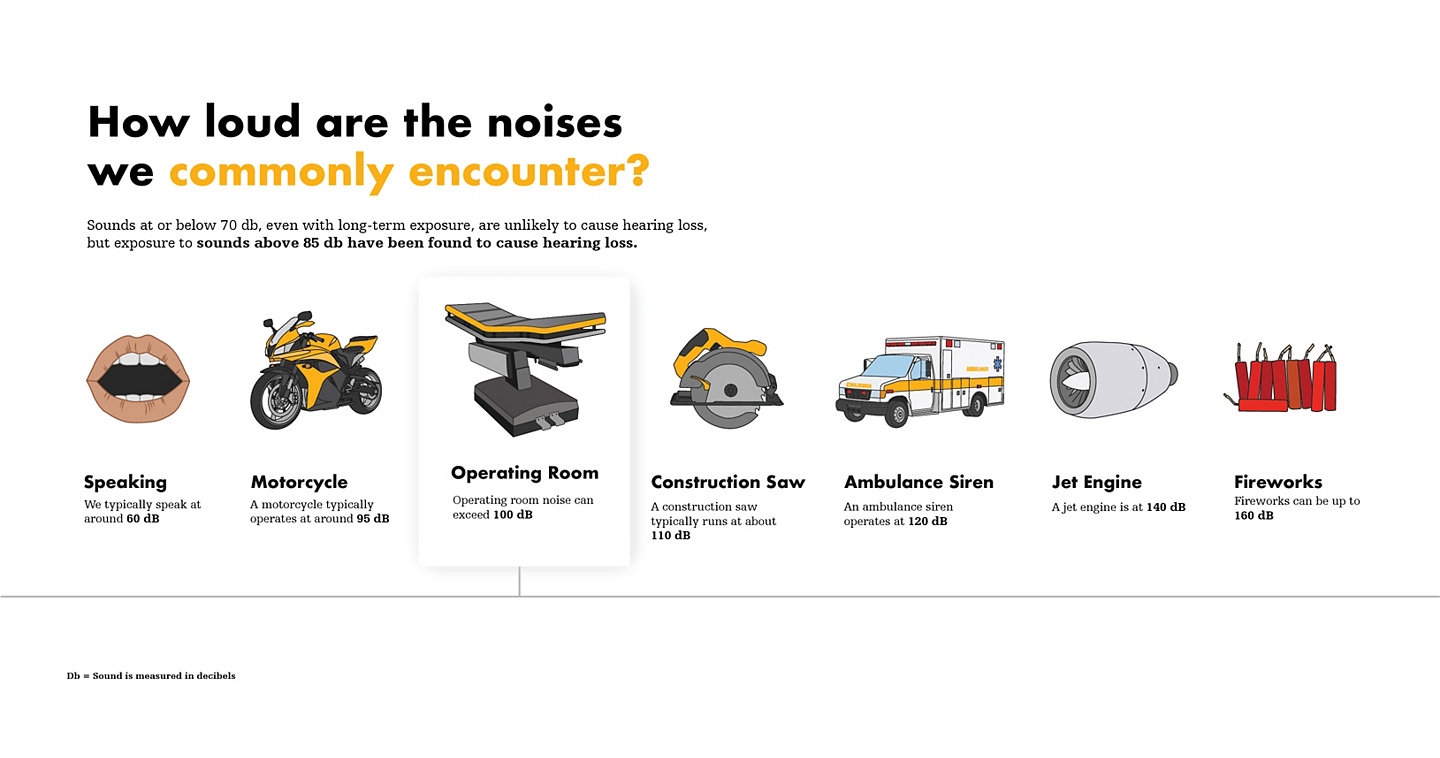
Commonly, when people think of occupations that can put hearing at risk, they think of jobs in aviation, construction, landscaping or music. But a growing amount of research is finding that operating room environments can be excessively loud as well. One study published in the Journal of the Acoustical Society of America found that the operation theater of the Department of Orthopaedic Surgery was subject to the loudest noises in a hospital.3
Our inner ears are delicate structures. We have never cells in the cochlea of our inner ears that transmit vibrations and translate them into sounds. But vibrations be powerful enough to damage these cells and the thousands of tiny hairs attached to them. This reduces our ability to hear sounds.4
Hearing loss due to long-term exposure is usually gradual, and you might not notice it at first. You may find at first that sounds begin to be muffled, or that you have trouble understanding people when they talk. You may find that you are listening to the television or the radio on a higher volume.5
Long-term noise exposure can also cause a ringing in the ears called tinnitus, which, depending on the damage caused, can be temporary or lifelong.
The good news is that if you understand what environmental factors could contribute to hearing loss, you can prevent it.6
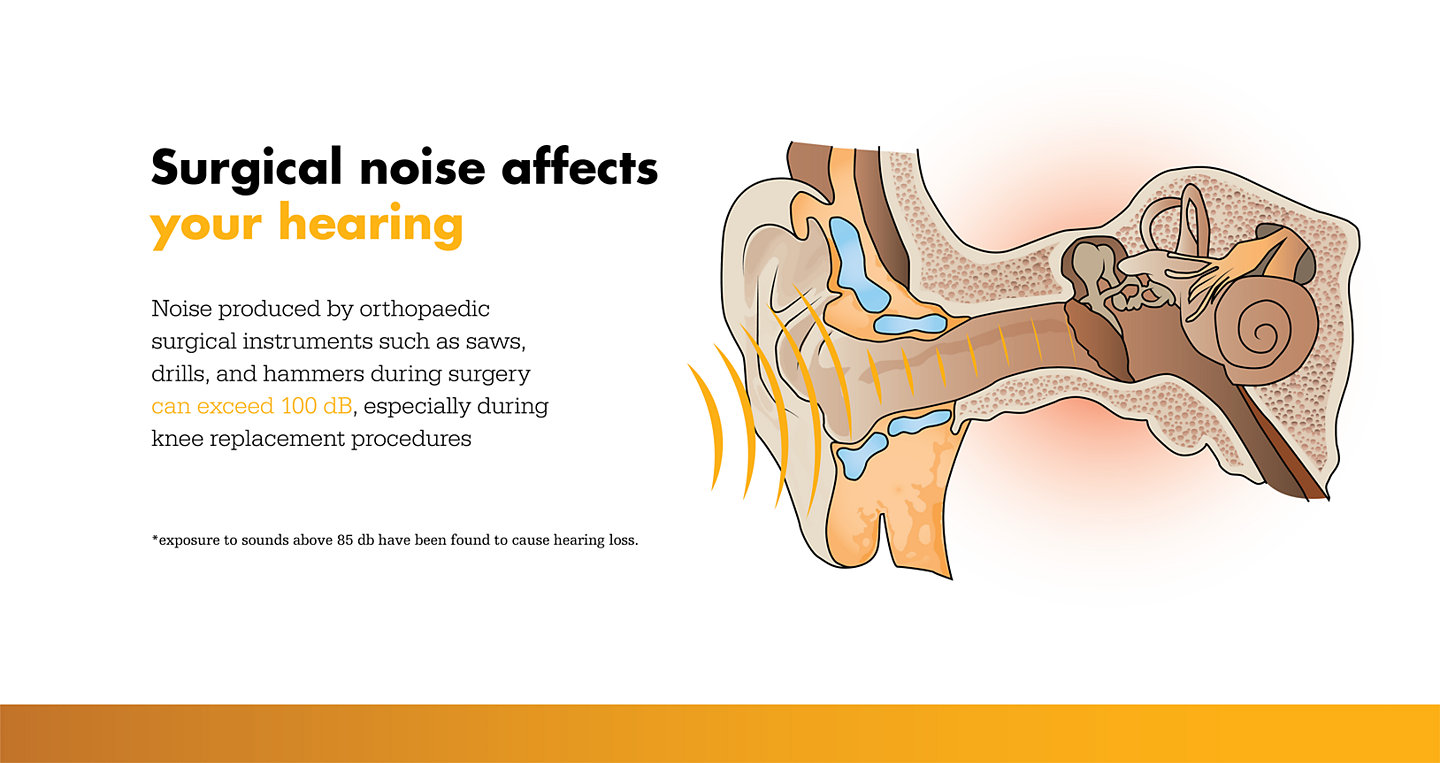
Hearing loss among orthopaedic surgeons is not a new issue. In 1991, a study assessed 27 senior orthopaedic staff and found evidence of noise-induced hearing loss in half the subjects.7 It encouraged manufacturers to “develop instruments with lower noise emission levels.”
However, the problem has continued.
One 2009 study found that noise-induced hearing loss was found in 50 percent of the orthopaedic surgeons studied, “with a greater incidence associated with years of practice.”8 This study found that orthopaedic operating rooms could reach a noise level exceeding 100 dB.
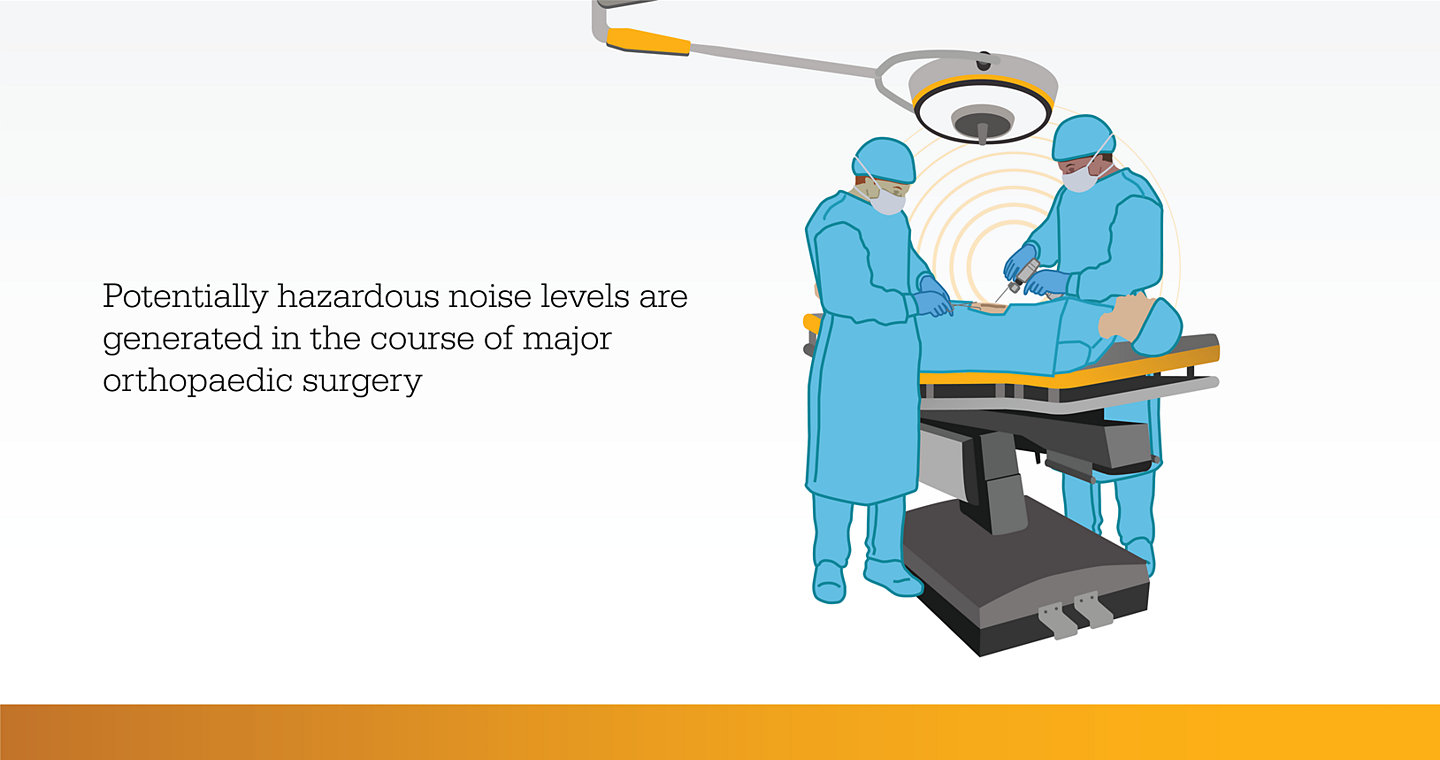
Hearing protection can include ear protectors, earmuffs and earplugs. However, because wearing hearing protection can impede verbal communication in the operation theater, many surgeons opt not to wear anything. However, the University of Michigan Medicine site warns that sounds above 85 are harmful, depending on how long and how often you are exposed to them.9 Dutch Occupational Health Organization (ARBO) guidelines,10 which can be used as a tool to measure safety in the operating theater, state that during an 8-hour working day, the average noise level should be below 85 dB, but a noise level below 80 dB is recommended.
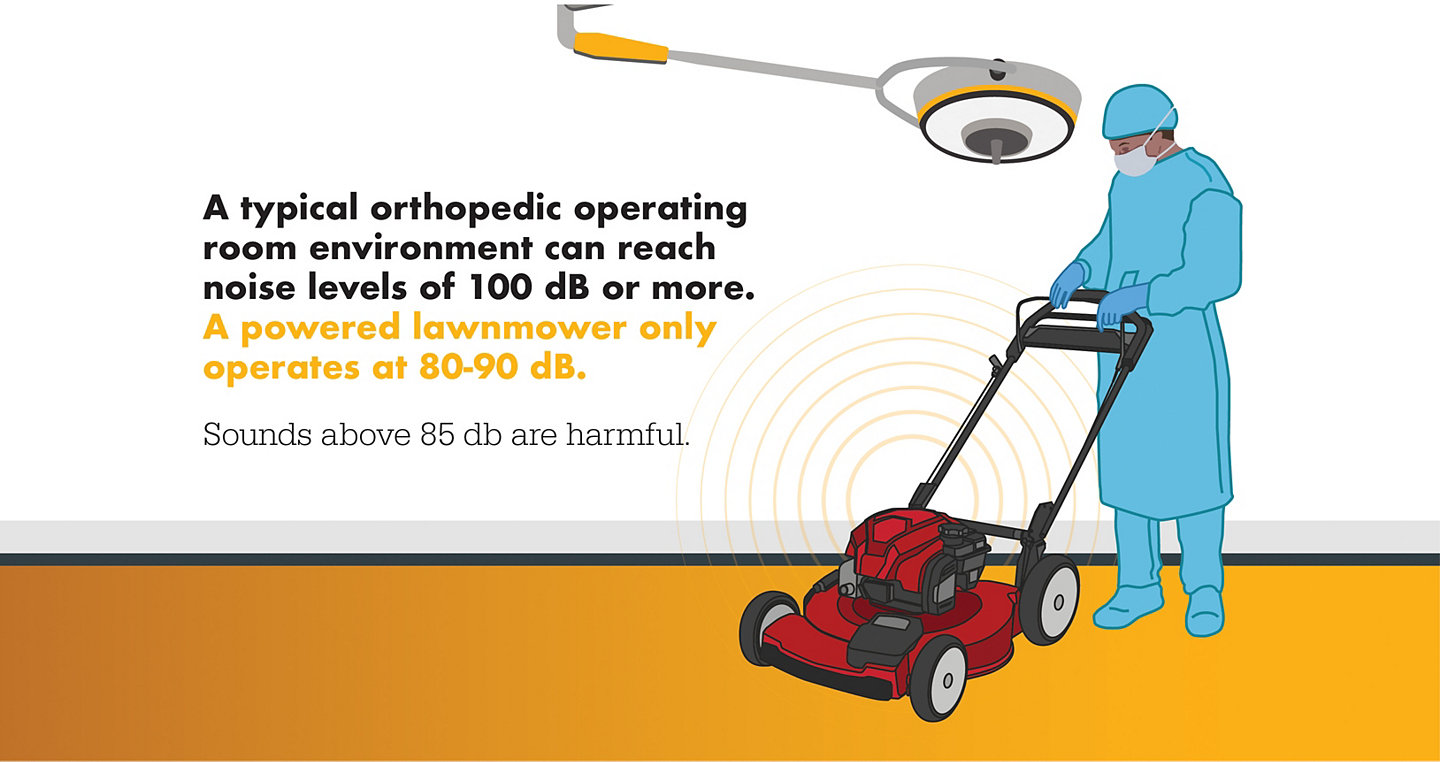
Reducing the noise generated in the operating room can have a major impact on maintaining healthy hearing levels for hospital staff.
Stryker has recently developed a cutting technology called the Precision cartridge that can lower noise emission in the operating theater.11 Only the very tip of the Precision cartridge oscillates back and forth, creating less vibration for the surgeon, promoting a more accurate cut and generating less noise.
Stryker's Precision cartridge – a result of 75 years and 15 generations of innovation in medical power tools –offers the user two different cutting teeth designs.
The type of cartridge used will depend on the hardness (bone density) of the material to be cut. Younger patients, for example, tend to have higher bone density than older patients.
The standard Precision cartridge, which features outward-facing teeth, has 14 cutting teeth which are separated into two sets. The advantage of outward-facing teeth is that the cut bone particles are replaced to the outside of the blade. This enables the cartridge to produce smooth cutting at a controlled pace.
The Precision Falcon cartridge, on the other hand, features inward-facing teeth – two sets of five cutting teeth and two outer teeth, on either side of the blade. The optimized tooth geometry efficiently funnels bone chips to prevent bogging and reduce cutting temperature. The Falcon tooth geometry has been shown in laboratory testing to produce a faster cut and lower temperature when cutting synthetic material.
The Precision cartridge features a number of other benefits:
- The oscillating tip design reduces vibration and enhances handpiece control.
- Elimination of cartridge shaft excursion arc pinpoints bone removal exclusively to intended area, making the saw idea for MIS approaches.
- The non-oscillating cartidge shaft and variable speed control allow the surgeon to very precisely trim and shape bone in preparation for implants.
Noise-induced hearing loss is a real problem for orthopaedic surgeons, and solutions for decreasing the risk of hearing loss have long been needed in orthopaedic surgery. Surgeons should be aware that repeated noise exposure is a major problem in the orthopaedic theater.
The use of these newer saw systems is a significant first step in decreasing hearing loss among orthopaedic surgery personnel.
[1] Mayo Clinic staff, Hearing Loss, updated December 13, 2019, https://www.mayoclinic.org/diseases-conditions/hearing-loss/symptoms-causes/syc20373072
[2] Centers for Disease Control and Prevention, Preventing Noise-Induced Hearing Loss, March 21, 2019, https://www.cdc.gov/ncbddd/hearingloss/noise.html/.
[3] Busch-Vishniac, Ilene J., JE West, C. Barnhill, T. Hunter, D. Orellana, R. Chivukula. Noise Levels in Johns Hopkins Hospital, Journal Acoustical Society of America 118, 3629 (2005), https://doi.org/10.1121/1.2118327/.
[4] Willet, KM. Noise-induced hearing loss in orthopedic staff, J Bone Joint Surg Br. 1991 Jan;73(1):113-5, https://ncbi.nlm.nih.gov/pubmed/1991742/.
[4] Willet, KM. Noise-induced hearing loss in orthopedic staff, J Bone Joint Surg Br. 1991 Jan;73(1):113-
[5] Pearlman RT, O Sandige. Noise characteristics of surgical space suits, Orthopedics. 2009 Nov;32(11):825.doi: 10.3928/01477447-20090922-09 https://www.ncbi.nlm.nih.gov/pubmed/19902889/.
[6] Healthwise staff. Harmful noise levels, University of Michigan Medicine, October 21, 2018, https://www.uofmhealth.org/health-library/tf4173/.
[7] Peters, Michiel & Feczko, Peter & Tsang, K. & Rietbergen, B. & Arts, Jacobus & Emans, P.J.. (2015). Noise Exposure in TKA Surgery; Oscillating Tip Saw Systems vs Oscillating Blade Saw Systems. 10.1016/j.arth.2016.05.030.
[8] Sydney SE, AJ Lepp, SL Whitehouse, RW Crawford. Noise exposure due to orthopedic saws in simulated total knee arthroplasty surgery, J Arthroplasty 22, no. 8 (December 2007):1193-1197, https://www.arthroplastyjournal.org/article/S0883-5403(07)003282/fulltext.
D0000022164 Rev AB / smacc 2020-28304 / smacc 2020-28337


